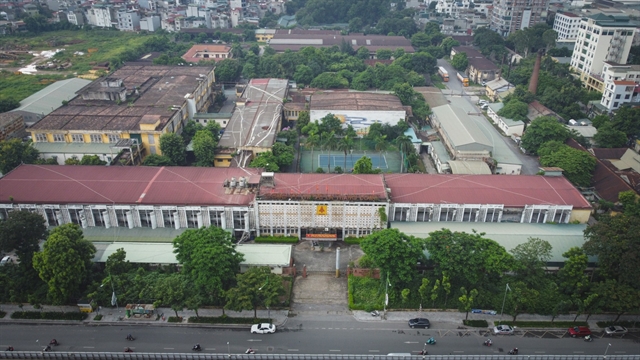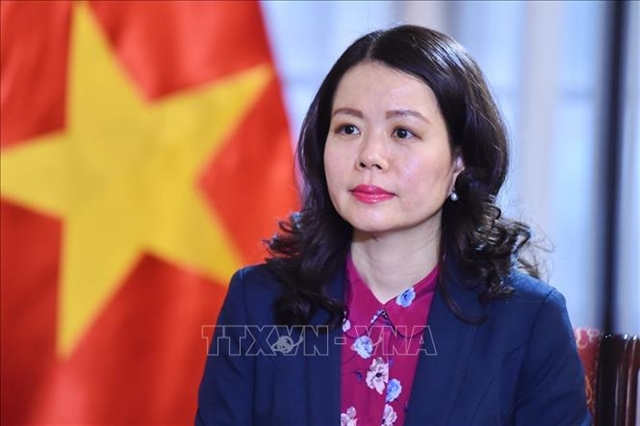 Opinion
Opinion

Associate Professor Lê Trình, deputy head of the Việt Nam Association for Conservation of Nature and Environment talked with Tin Tức (News) newspaper about ways to improve the quality of its environmental assessment report.
 |
Associate Professor Lê Trình, deputy head of the Việt Nam Association for Conservation of Nature and Environment talked with Tin Tức (News) newspaper about ways to improve the quality of its environmental assessment report.
Local administrations and State managerial agencies are advised to consider the environmental assessment report a useful tool in managing environmental protection. They should evaluate an environmental assessment report based on sustainable development criteria; this means that developing economic growth must run parallel to protecting the environment.
For major projects, the Government clearly outlines two steps that a project manager must take in implementing its environmental assessment report. The first step will be taken in the stage of setting up an investment project (or pre-feasibility study) following the Law on Environmental Protection 2015.
In this step, the environmental assessment report of a project is required to demonstrate how the project’s location fits into the surrounding ecology and community. It is also used to determine whether the project’s technology is friendly to the environment and whether the project’s construction and operation would cause serious environmental or social impacts.
Based on this, State managerial agencies will consider accepting or rejecting the project. If they approve the environmental assessment report, in the second step, the project manager is ordered to propose a detailed environmental assessment report. The detailed report has to present forecasts and evaluations of the project’s impact on the surrounding environment and society. They must also submit solutions to minimise any potential impacts.
Moreover, to raise the quality of an environmental assessment report, the environmental-assessment-report verification committee should include experts from many fields with experience and comprehensive knowledge of environment assessment reports.
Before giving the green light to a project’s environmental assessment report, it is imperative to collect comments from both the local administration and residents where the project is proposed to be located.
If State managerial agencies obey these above recommendations, the quality of environmental assessment reports will be remarkably improved.
In addition, after getting approval from the verification committee, the project manager has to continue monitoring the project’s impact on the environment during the life cycle of the project. Many countries and international organisations believe that it is one of the most important factors in managing the environment. Government decree 18/2015/NÐ-CP and Circular 27/2015/TT-BTNMT issued by the Ministry of Natural Resources and Environment also clearly state the responsibility of project owners after environmental assessment reports are adopted.
For projects borrowing funds from the World Bank, the Asian Development Bank or the Japan International Co-operation Agency, project managers are asked to use the issues and solutions mentioned in their environmental assessment reports to make a Construction Environmental Management Plan (CEMP) or School Environmental Management Plan (SEMP). These encompass detailed methods to control pollution, and to protect the environment and health. And the project managers must seriously obey them. Thus, the project managers will keep an eye on contractors, and State managerial agencies will track the project managers. State managerial agencies will hire an independent agency to monitor the activities of project managers, contractors and environmental consultant agencies.
Finally, yet importantly, criteria to track the environment management of a project do not only measure and analyse the quality of the environment, but also evaluate the implementation of solutions to minimise negative impacts on the environment, as outlined in the environmental assessment report by the project manager. The results of the monitoring process should be published and should not be directed by any local authority, ministry or the project manager. — VNS




